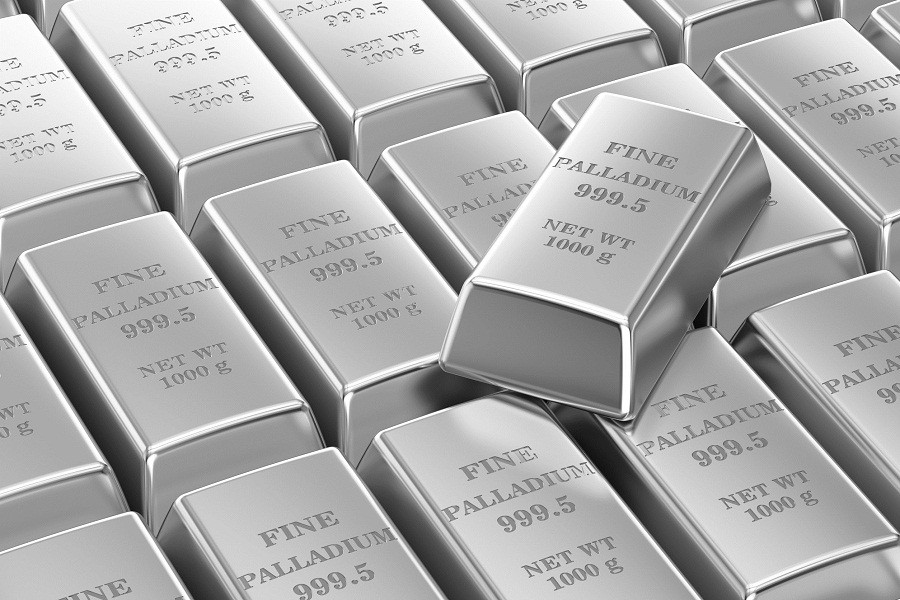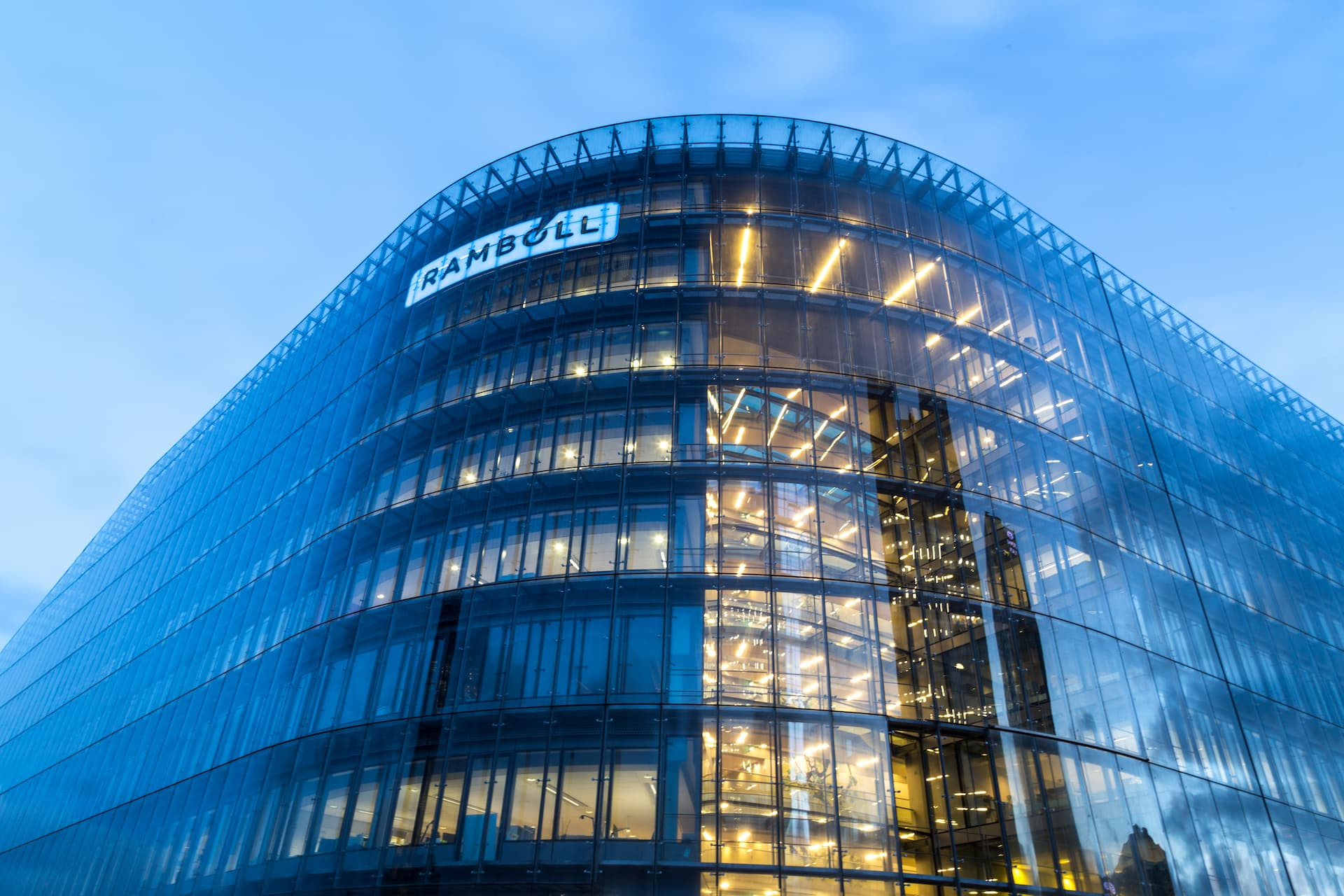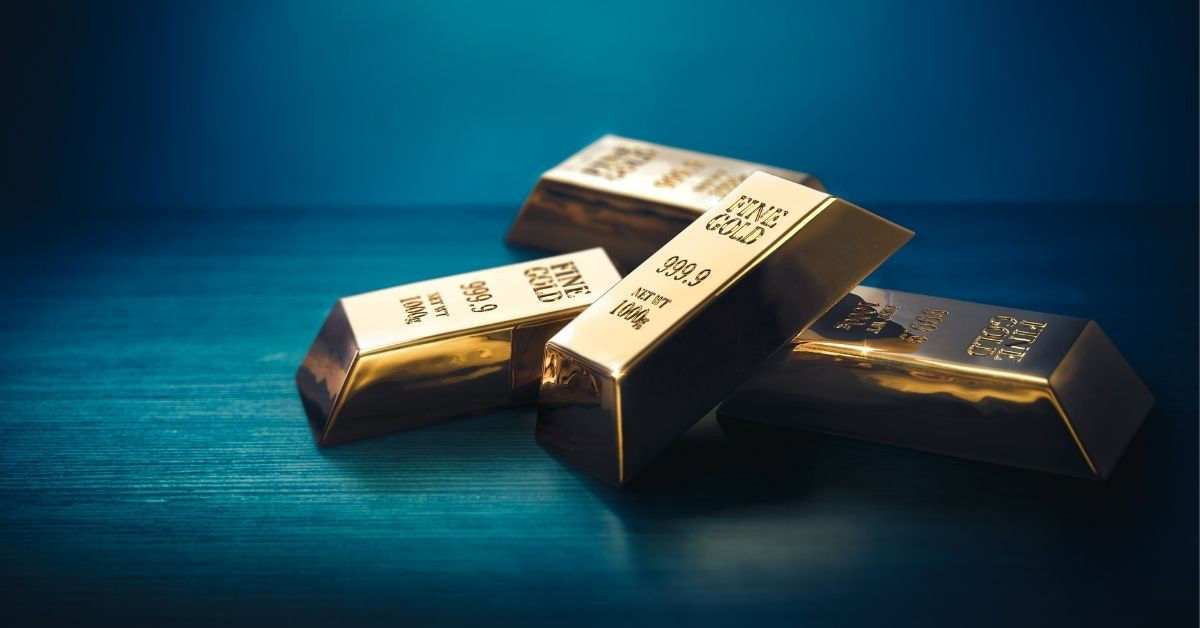The palladium market is currently experiencing a surge in demand, reaching record-breaking prices. This surge is fueled by a combination of factors, including rising industrial demand, limited supply, and the growing popularity of electric vehicles. The market has experienced a 300% price increase in the past five years, and it is predicted to continue its upward trajectory in the coming years.
Demand Drivers in the Palladium Market
The most significant factor driving the increase in palladium prices is the growing demand from the automotive industry. Palladium is a crucial component in catalytic converters, which are essential for reducing harmful emissions from gasoline-powered vehicles. As the global automotive industry continues to grow, so too does the demand for palladium.
Rising Demand from Electric Vehicles
Despite the rise of electric vehicles (EVs), the demand for palladium is expected to remain high in the short term. This is because while EVs do not require catalytic converters for gasoline engines, they still need them for diesel engines. In addition, the increasing demand for hybrid vehicles is also contributing to the rise in palladium prices.
Supply Constraints in the Palladium Market
The palladium market is characterized by limited supply, which is further exacerbated by the fact that most of the world's palladium reserves are located in Russia. Russia accounts for about 40% of global palladium production, and the country has been subject to geopolitical uncertainty in recent years. This has created a sense of scarcity in the market, which has contributed to the rise in prices.
The Future of the Palladium Market
The outlook for the palladium market remains positive in the long term. The increasing demand from the automotive industry, coupled with the limited supply, is expected to continue driving prices higher. However, there are several factors that could potentially impact the market in the future.
Impact of Electric Vehicles
The long-term impact of EVs on the palladium market is uncertain. While EVs do not require catalytic converters for gasoline engines, they still require them for diesel engines. Additionally, the rise of hybrid vehicles is also boosting demand for palladium. Therefore, the shift towards EVs may not have a significant impact on palladium demand in the short term.
Sustainability Concerns
The increasing popularity of EVs and the growing awareness of the environmental impact of palladium mining are raising concerns about the sustainability of the palladium market. Some industry experts are advocating for the development of alternative materials to replace palladium in catalytic converters. However, finding a suitable alternative to palladium is a complex challenge and may take time. The industry is exploring other materials and technologies that could be used to reduce the reliance on palladium, including platinum and rhodium. These metals can be used in catalytic converters, but they come with their own environmental and economic considerations.
Geopolitical Risks
Geopolitical risks remain a significant factor in the palladium market. The ongoing conflict in Ukraine has raised concerns about the supply of palladium from Russia. Any disruptions in supply from Russia could have a significant impact on the palladium market, leading to price volatility.
Palladium as an Investment
Palladium has emerged as an attractive investment option for investors seeking to diversify their portfolios. Its strong performance in recent years has attracted investors seeking to profit from rising prices. However, it is crucial to remember that palladium, like all other precious metals, is a volatile investment. The market is subject to a wide range of factors that can influence its price, such as economic conditions, geopolitical events, and investor sentiment.
Considerations for Palladium Investments
Investors considering investing in palladium should carefully consider the following factors:
- Market Volatility: Palladium is a volatile investment, and its price can fluctuate significantly in the short term. Investors should be prepared for the potential for losses.
- Demand and Supply: Palladium prices are heavily influenced by demand and supply dynamics. Investors should keep abreast of industry trends and developments that could impact the market.
- Long-Term Outlook: The long-term outlook for palladium is positive, but there are several factors that could affect its future. Investors should do their research and understand the potential risks before investing.
Conclusion: A Bright Future with Challenges
The palladium market is poised for continued growth in the coming years, driven by increasing demand from the automotive industry and limited supply. However, the market faces several challenges, including the impact of electric vehicles, sustainability concerns, and geopolitical risks. While these factors could affect the palladium market in the future, the overall outlook remains positive. Palladium is an attractive investment option for investors seeking to diversify their portfolios, but it is important to invest with a long-term perspective and understand the potential risks involved.
The global demand for palladium is expected to continue to grow, with the automotive industry leading the way. With limited supply and increasing demand, the price of palladium is likely to remain elevated. However, investors must be aware of the market's volatility and consider the potential for fluctuations in price.
It's crucial to note that palladium is a precious metal with a high inherent value and is considered a safe haven asset in times of economic uncertainty. Despite the challenges, palladium is positioned for continued growth and is a promising investment opportunity for those willing to take on the inherent risks associated with the market.


















